Psy CEO explains the importance of cross-chain bridges after the launch of a trustless Dogecoin to Solana bridge.
Cross-chain bridges play an important role in blockchain interoperability. However, while contributing to crypto ecosystem integration, they are also a major source of vulnerability. In an interview with crypto.news, Carter Feldman, CEO and founder of Psy, explained their importance.
Notably, Psy launched the first trustless bridge from Dogecoin (DOGE) to Solana (SOL) on Thursday, May 22. The bridge is trustless, meaning that it avoids some of the risks and pitfalls that have caused major exploits in the past.
You might also like: Is Dogecoin hype dead? Elon Musk says DOGE not in US plans
crypto.news: Cross-chain bridges have been a major source of hacks and exploits. What makes this bridge between Dogecoin to Solana more secure?
Carter Feldman: Unlike traditional bridges that rely on multisig signers or centralized custodians, our bridge directly verifies Dogecoin’s proof of work on Solana. We’re capturing and verifying each Dogecoin block header on Solana, which contains the consensus data and Merkle root of transactions. This means Solana can cryptographically verify Dogecoin’s state without trusting intermediaries.
CN: How did you decide to bridge Dogecoin to Solana, and why Dogecoin and Solana specifically?
CF: Fundamentally, we believe in bringing proof-of-work security to proof-of-stake chains, and this bridge demonstrates that proof-of-work and programmable blockchains can work together without sacrificing security.
You might also like: Solana forecast 2026: Time to buy memecoins again?
Dogecoin’s proof-of-work consensus provides security that’s impossible to replicate in proof-of-stake systems. Unlike PoS, where security relies on tokens within the same system they’re securing, Dogecoin’s proof-of-work anchors security to external physical resources. This creates an objective security barrier that’s resistant to governance attacks and token manipulation, delivering true censorship resistance and decentralization that PoS simply cannot match.
CN: Why hasn’t anyone built a trustless Dogecoin bridge before? What changed now?
CF: It comes down to technical capability. Zero-knowledge proof technology has only recently matured to the point where verifying proof-of-work chains like Dogecoin on other blockchains became feasible. Nobody had built the foundational tools needed to make this work securely. Additionally, our team has a unique technical background in both proof-of-work and zero-knowledge systems required to bring this vision to reality.
CN: What does this bridge mean for Dogecoin and Solana’s ecosystem in terms of growth and potential synergies?
CF: It’s a big opportunity for both ecosystems, in my view. Dogecoin holders can now access Solana’s DeFi, NFTs, and gaming applications without selling their DOGE. At the same time, Solana developers can tap into Dogecoin’s massive user base and liquidity. This should create a flywheel effect: as more Dogecoin users discover Solana’s capabilities, we’ll hopefully see increased activity across both networks.
CN: What other chains that haven’t been connected yet, but where a bridge like this one would have a major impact?
CF: I think this goes without saying, but trust-minimized Bitcoin bridges are certainly a north star. Fortunately, a lot of the work we have done for Dogecoin can be reused for Bitcoin, Litecoin, and other proof-of-work ecosystems. Expect more soon on this front!
You might also like: Dogecoin price chart points to a 285% surge to $0.8630



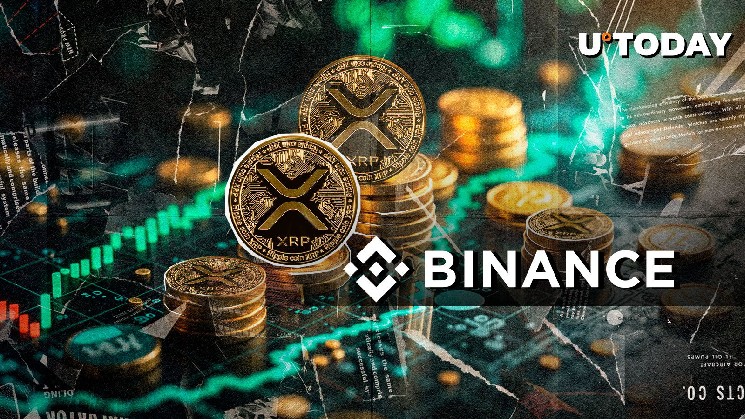

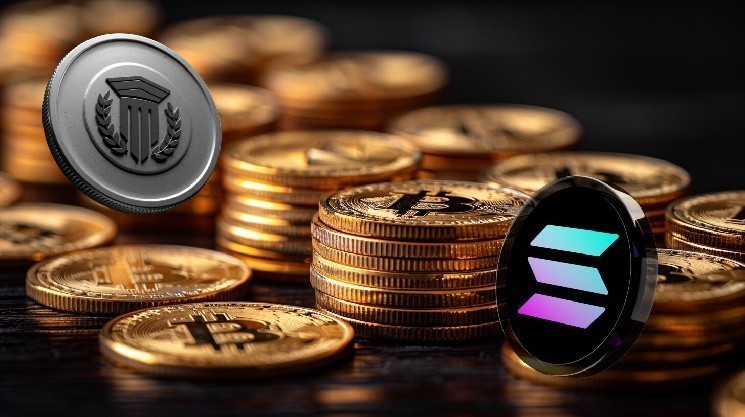



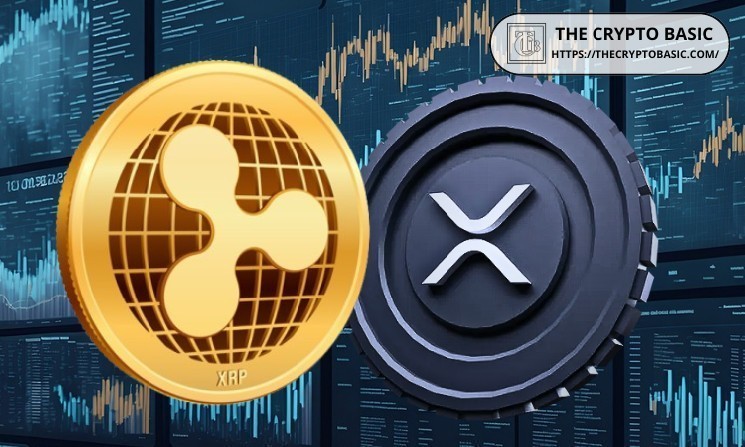
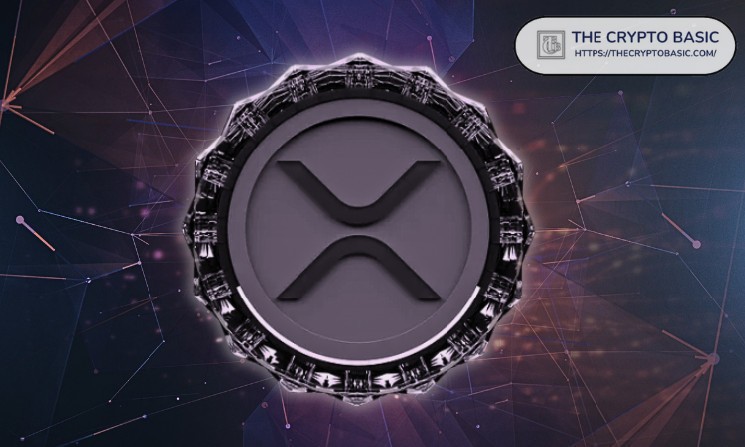

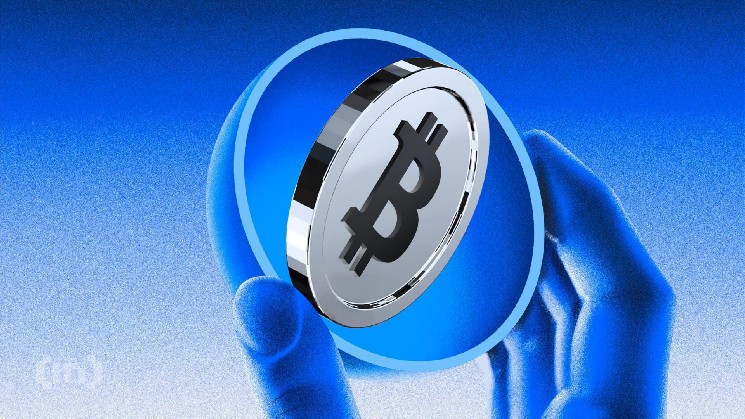
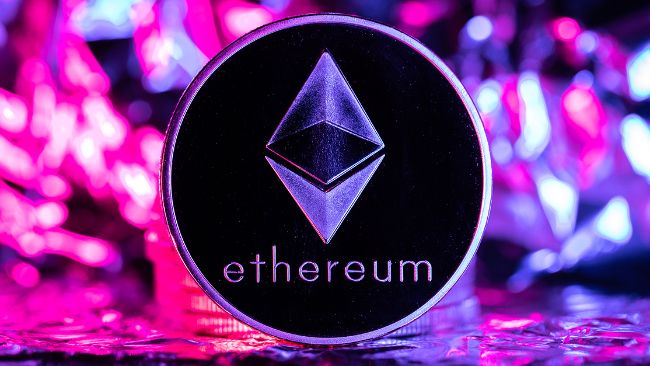
Leave a Reply